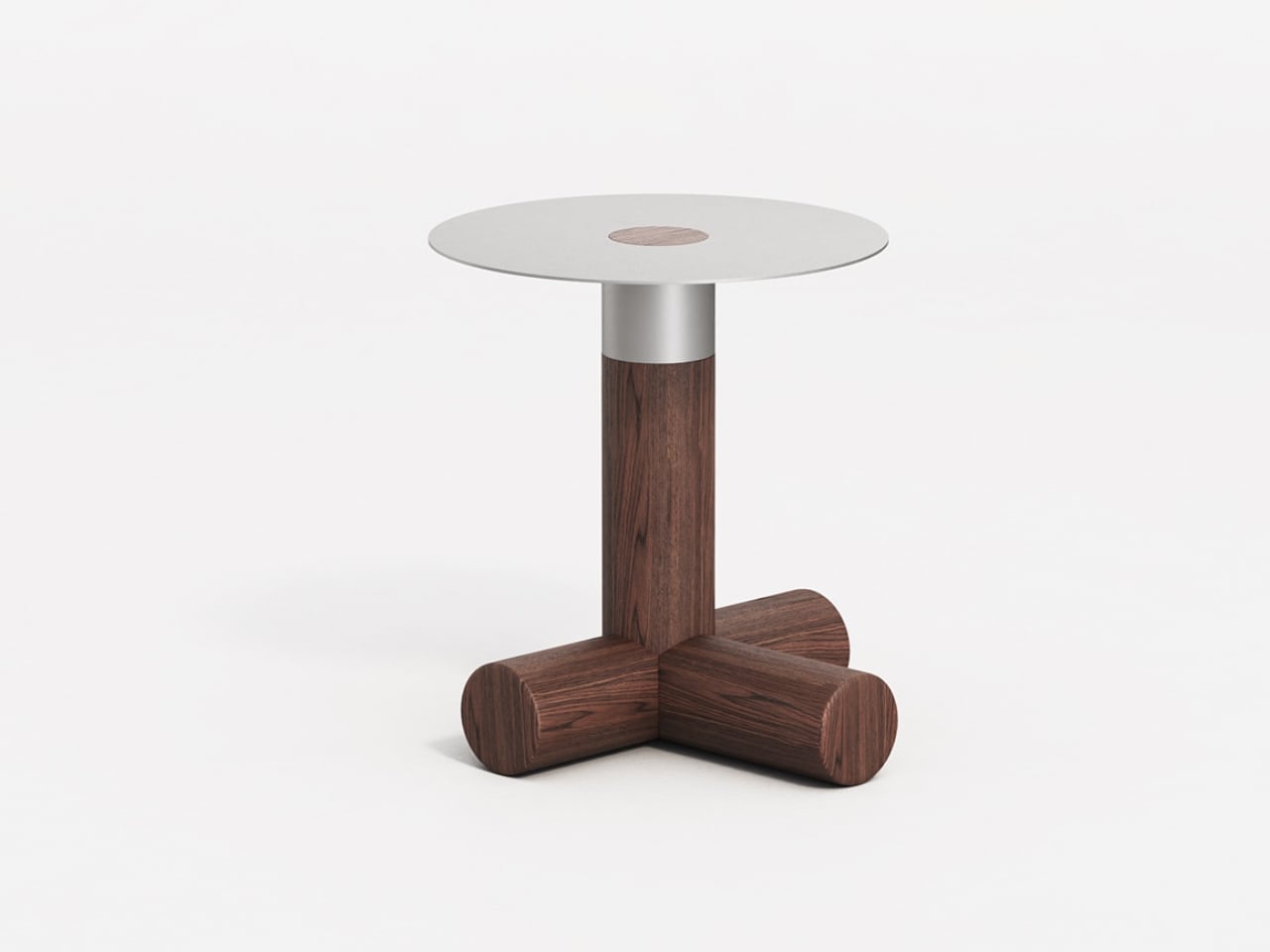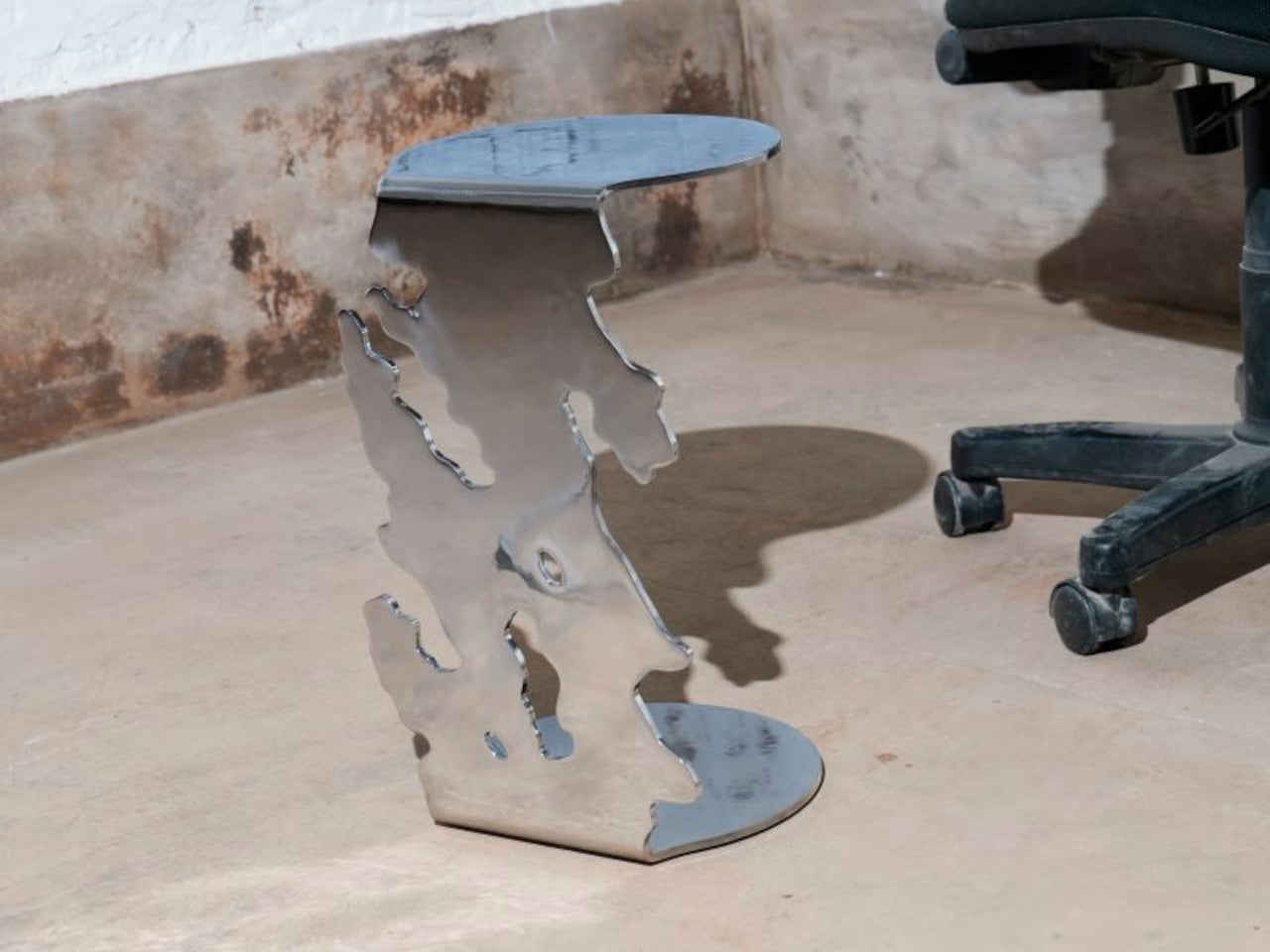Should you cancel your Chase Sapphire Reserve?
Editor’s note: This is a recurring post, regularly updated with new information and offers. Many cards have undergone changes over the past year, and those changes may have you reconsidering what’s worth keeping in your wallet this year. One devastating change for many Chase Sapphire Reserve® cardholders was that in July 2024, Chase removed access to Priority Pass …

Editor’s note: This is a recurring post, regularly updated with new information and offers.
Many cards have undergone changes over the past year, and those changes may have you reconsidering what’s worth keeping in your wallet this year.
One devastating change for many Chase Sapphire Reserve® cardholders was that in July 2024, Chase removed access to Priority Pass restaurants from the Sapphire Reserve and other Chase-issued credit cards.
Since the Sapphire Reserve was one of the few remaining credit cards offering Priority Pass restaurant access, existing cardholders have had to decide whether they want to keep it or consider other options. It’s understandable to be frustrated with such a change as the card offered up to $28 in credits at restaurants per person, a decent amount of money to help offset high food and beverage costs at airports.
TPG staff on changes
Several TPG staffers carry the Chase Sapphire Reserve, including myself.
I am disappointed with the removal of access to Priority Pass restaurants. However, unfortunately, the airports I frequent domestically and internationally do not have Priority Pass restaurants, so this change doesn’t affect me much.
TPG credit cards editor Emily Thompson had the following to say:
I’m really disappointed by the loss of Priority Pass restaurant access, but the Chase Sapphire Reserve still offers a lot of value to me. Chase Ultimate Rewards points are the currency I use the most, and I love how easy the $300 travel credit is to use. And after getting a complimentary facial at the Sapphire Lounge in at LaGuardia Airport last week, I’m not planning to give up that access anytime soon.

Similarly, TPG credit cards editor Daisy Hernandez will also keep the card open:
Though I’m not a fan of losing Priority Pass restaurant access as a Sapphire Reserve cardholder, I’m still holding on to this card for the myriad other benefits it offers, including the $300 travel credit and the ability to earn and redeem high-value Chase Ultimate Rewards points.
That being said, if the Priority Pass restaurant perk is important to you and no longer makes the card worth it, here is our advice on what to do.
Downgrading vs. canceling
If you hope to cut the Chase Sapphire Reserve from your personal credit card lineup, there are two options: You can cancel it or request a product change to a card with a lower annual fee. In almost every situation, it’s better to downgrade than cancel.
One reason is that canceling a credit card can have a negative effect on your credit score. One of the most important factors that go into determining your score is your credit utilization ratio, which illustrates how much of your total available credit you are using.
Canceling your Sapphire Reserve, especially if it has a large credit line, would likely affect this calculation and make it appear like you’re using a greater share of your total credit limit.
Chase’s 5/24 rule is something else to consider when looking at closing the account rather than downgrading. If you cancel your Reserve and then apply for a new personal card to replace it, the application will count toward the 5/24 rule. And if that application is for a Chase credit card, including many of the Chase cobranded options, it is also beholden to that rule.
A product downgrade does not count as a new account and, therefore, will not count against your 5/24 score.

If you cancel your card, you’ll forfeit any protections the card provided and give up any additional perks on the card — including the $300 annual travel credit and the Global Entry/TSA PreCheck credit. So, try to put them to use before you pull the trigger and close the account.
Finally, by canceling the card, you will likely forfeit any Ultimate Rewards points that remain in your account. Of course, an easy workaround is to redeem them before canceling, and there are a variety of ways to use your Chase points for great value:
- Book travel through Chase Travel℠ at 1.5 cents per point.
- Transfer your remaining balance to one of Chase’s partners like World of Hyatt or Air Canada Aeroplan.
- Transfer your points to another one of your Chase accounts or to an eligible household member.
If you do decide to downgrade, there are eligibility requirements to keep in mind. When you request a product change, Chase requires that it stay within the same card family.
For example, you can request a switch from the Chase Sapphire Reserve to the Chase Sapphire Preferred® Card or Chase Freedom Unlimited®. But you cannot request to switch from the Reserve to a cobranded card, such as the Marriott Bonvoy Boundless® Credit Card.
Related: The best rewards credit cards
Downgrading to the Chase Sapphire Preferred
One common avenue is downgrading to the Sapphire Preferred. It makes sense because the Preferred offers a similar card structure with a much more manageable annual fee.
With the Sapphire Preferred, you’ll earn 3 points per dollar spent on dining and 2 points per dollar spent on travel. You’ll also access solid travel protections (including primary rental car insurance). With a much lower $95 annual fee, the Chase Sapphire Preferred is a much more budget-friendly option to earn Chase Ultimate Rewards points.

But if you request a product change, you are not considered a new cardholder and, therefore, are not eligible to earn the sign-up bonus. So by downgrading to the Chase Sapphire Preferred, you’re essentially forfeiting the potential to earn 60,000 bonus points (worth $1,230 according to TPG’s January 2025 valuations) after spending $4,000 on purchases in the first three months of account opening.
Related: Chase Sapphire Preferred card review
Downgrading to a no-fee Chase card
Another option is to downgrade your Chase Sapphire Reserve to a different Chase card that has no annual fee — the Chase Slate Edge℠, the Chase Freedom Flex® or the Chase Freedom Unlimited. This way, you eliminate the annual fee altogether without sacrificing your ability to earn the Chase Sapphire Preferred sign-up bonus if you choose to apply for it down the line.
The information for the Chase Slate Edge card has been collected independently by The Points Guy. The card details on this page have not been reviewed or provided by the card issuer.
If you downgrade to the Chase Freedom Unlimited or Chase Freedom, there are similar drawbacks. Both offer a sign-up bonus that you’d be forfeiting by making a product change rather than opening a new account.

In addition, because both the Freedom Flex and Freedom Unlimited technically earn a basic version of Ultimate Rewards points, your existing point balance would transfer over when the product change happens. Although you wouldn’t be able to transfer them to partners or receive the redemption bonus through Chase Travel, it is a way to retain your points balance.
However, if you apply for the Chase Sapphire Preferred in the future (or hold the Ink Business Preferred® Credit Card), you could then transfer those points back into true Ultimate Rewards points that can be transferred or redeemed for 1.25 cents each through Chase Travel.
Related: Maximize your wallet with the perfect quartet of Chase cards
Which option is best?
Although it’s usually better to downgrade rather than cancel your credit card, there is a strategy involved when choosing among products.
If you opened the Chase Sapphire Reserve anytime from April 2020, you may want to consider downgrading to the Freedom Flex or Freedom Unlimited.
Then you can apply for the Chase Sapphire Preferred as a new account to earn the bonus, but only after at least 48 months since you earned the bonus on the Reserve. Both the Chase Freedom and the Chase Freedom Unlimited make great partners to the Preferred, so they are more valuable to have in your wallet.

However, if one (or more) of the following is true, you may want to consider downgrading to the Slate instead:
- You already have both the Freedom Flex and Freedom Unlimited: There may not be a compelling reason to add another iteration of these cards to your wallet.
- You want to earn the sign-up bonus on the Freedom Flex or Freedom Unlimited: As noted above, if you downgrade, you aren’t eligible for a new cardholder bonus on either card.
- You don’t have any remaining Ultimate Rewards points: In this case, you don’t have any accumulated rewards you’d forfeit.
Bottom line
With the removal of Priority Pass restaurants as a benefit, you may be considering whether or not the Chase Sapphire Reserve still deserves a spot in your wallet. For many, the flexible $300 travel credit, impressive earning rates and ability to access Sapphire Lounges outweigh this removal. But for others, it could be time to downgrade or cancel your card. Our advice is to downgrade your card instead of canceling it to protect your credit score.




































/cdn.vox-cdn.com/uploads/chorus_asset/file/24435316/STK150_Bing_AI_Chatbot_02.jpg)










![United Passenger’s Upgrade Mishap Sparks Seat Loss—Here’s the Critical Step to Avoid It [Roundup]](https://viewfromthewing.com/wp-content/uploads/2018/09/20170607_112204.jpg?#)



























